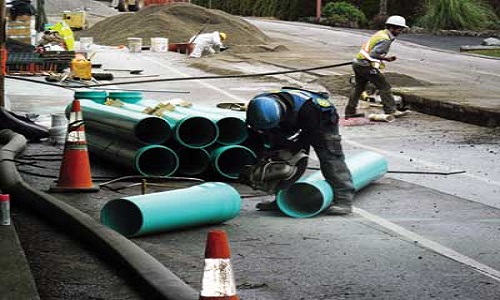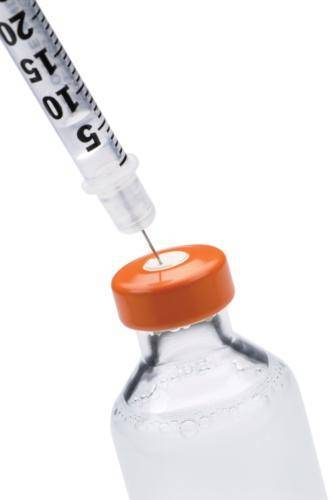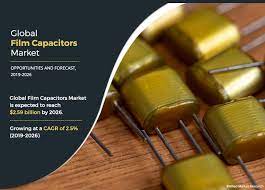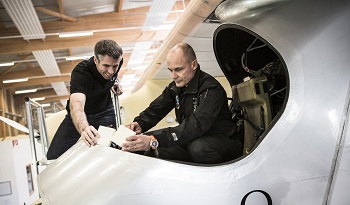
Borealis and Borouge, leading providers of innovative, value creating plastics solutions, have developed material solutions for some of the important challenges that the global automotive industry is facing. At the VDI International Conference “Plastics in Automotive Engineering” in Mannheim, Germany taking place on March 13-14, Borealis will highlight its newest product innovations in surface aesthetics, focusing on the areas of primerless paintability and the elimination of flow marks, also known as tiger stripes at Stand 54.
In the future, these material solutions will not only enable car manufacturers to achieve defect-free surfaces, but also help them capitalise on the benefits of reduced costs, environmental impact and optimised production cycle times.
Primerless paintability
Due to their cost reduction potential and sustainable appeal, primerless paint systems for exterior plastic applications are becoming increasingly popular in the industry. Yet at the same time, paint adhesion performance criteria are becoming ever more stringent. As most exterior parts are painted, demands on innovative solutions for improved paint adhesion are increasing.
Driven by the needs of leading original equipment manufacturers (OEMs), Borealis has undertaken a major R&D initiative. Core aspects of this initiative include the development of 2-layer paintable materials for bumpers and body panels which have been able to withstand tough steam jet conditions in the laboratory environment and Borealis’ investment in its own automated paint robot.
“The trend is clearly towards the use of primerless paint systems on exterior plastic components to reduce total part costs,” emphasises Jost Eric Laumeyer, Borealis Global Marketing Manager Engineering Applications. “Our aim is to provide cutting-edge polypropylene solutions which offer improved adhesion, and the best way to achieve this is through ongoing and close cooperation with our partners along the entire value chain.”
Achieving tiger stripe-free surfaces
Another Borealis material innovation which is scheduled to become commercialised towards the end of 2013 is a new polypropylene matrix to be used in compounds to address the phenomenon of tiger stripes, a flow mark issue caused by converting processes, and a general problem affecting all thermoplastic materials, including polyolefins. Supported by way of trials carried out with several customers, this Borealis innovation will help avoid tiger stripes within a very broad processing window.
“We have made significant progress on the way to enhancing material performance and creating economic value for our customers,” says Harald Hammer, Borealis Vice President Engineering Applications. “We will continue to provide surface aesthetics solutions today for the drivers of tomorrow and look forward to meeting with our customers at the upcoming VDI Conference.”
Source: www.borealisgroup.com








